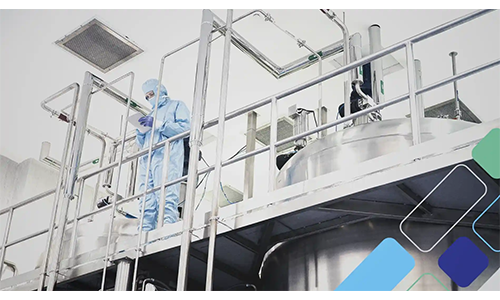Dave Stauffer, CSP, ARM, director of EHS for SBM Management, told attendees at the 2016 Safety Leadership Conference that SBM – which was named to the list of America’s Safest Companies in 2014 – has over 500 operating locations and 90 percent of them go injury free each year. Their recordable rate is just about one-third of the average for their industry. That’s the good news.
“We wanted to go from good to great and from great to world class,” said Stauffer. There was something holding them back: what Stauffer refers to as “challenged sites.”
“Our challenged sites represent 50 percent of our injuries,” he told the audience. “Our challenged sites had higher turnover. Our challenged sites had higher lost work days.”
He said that further investigation into the challenged sites revealed additional similarities:
- They tended to be larger sites with more complex work.
- They tended to have demanding customers with higher expectations.
- They tended to have higher turnover for both employees and management.
- They tended to have a poor safety record with multiple recordables and lost-time injuries.
- They tended to lack a safety culture.
What corporate leaders realized is that when employees were engaged in the business and when safety was made a focus of leadership at challenged sites, things turned around. The company created a special safety focus program for those challenged sites.
“What is a safety focus? Is it the amount of time spent focusing on safety?” Stauffer asked. “Is safety focus recognizing hazards in the workplace and preventing them from causing injuries? Is safety focus talking to your employees about safety daily – not just once a week in a 25-minute safety meeting? Sometimes, it’s being in front of employees and talking about safety.”
For SBM leadership, safety focus is creating a culture where safety is a value and the results demonstrate the effort, he said, adding, “Safety focus is not pointing fingers or placing blame it’s about problem solving and creating partnerships. Safety focus is everyone responsibility and everyone needs to take on ownership.”
Stauffer listed these critical components for the focus site program:
Employee Observations – Coach and mentor employees to validate that they are doing their jobs safely. Ensure employees are wearing their PPE. Work alongside employees to make sure they are working effectively.
Safety Engagement – Establish rapport with employees to help reduce unsafe conditions and at-risk behavior in the workplace. Actively involve all employees in the health and safety of the workplace. Verify employees are engaging in the correct safety behavior.
Employee Recognition Programs – Reward employees for safe job performance. Reinforce and recognize positive work culture. Celebrate employee successes.
Interactive Audits – Verification through observation of good safety practices. Supervisors and managers complete the observations daily and document. Engage in conversation about safety and assure each employee has the skills, knowledge and training to perform their job safely.
Safety Committee – The safety committee's primary focus is to detect/correct workplace hazards and help create a safer working culture at the site. Safety committee meetings will be conducted monthly.
Good Catch Program – Keep unsafe conditions and behaviors from resulting in injuries. Educate employees on the importance of being aware of their surroundings at all times. Follow up with employees who submit good catches to assure the hazard was eliminated.
Stretch & Flex – Stretching is a great way to prevent strains, pulled muscles and prevent other injuries. The Stretch & Flex program should take place daily before each shift for and last about 5 minutes. Led by supervisors and managers so employees know it is important.
Employee Communication Board – Opportunity to engage in positive reinforcement with employees on important information. Update and post the required information on the communication board in a timely manner.
The results of the Safety Focus program are noteworthy, said Stauffer:
- Sites became focused on leading indicators.
- The number of Good Catches increased.
- The number of Stop the Job notifications increased, meaning that employees felt empowered to take control of safety.
- There were more positive/constructive employee observations.
- Improved reporting meant a five-fold increase in near-miss reporting.
- The sites saw a 23 percent decrease in first aid cases and a 33 percent decrease in recordable injuries.
Ultimately, the Safety Focus Program contributed to SBM’s bottom line because the number of recordable and lost-time injuries decreased, employee morale improved and turnover rates were reduced.
Incidents in which employees are hurt cost money, Stauffer reminded the audience. “How many here have a budget for accidents?” he asked. “You can’t say, ‘We can’t pay for that accident.’ It happened; you have to pay for that.”
The best way to pay for accidents, he noted, is to never have them happen in the first place.















































































